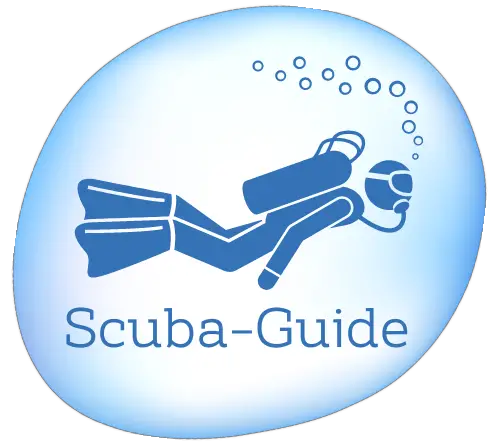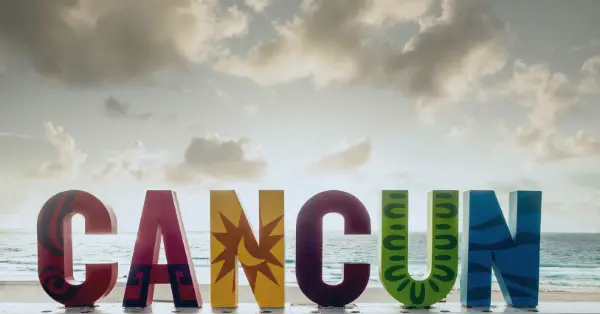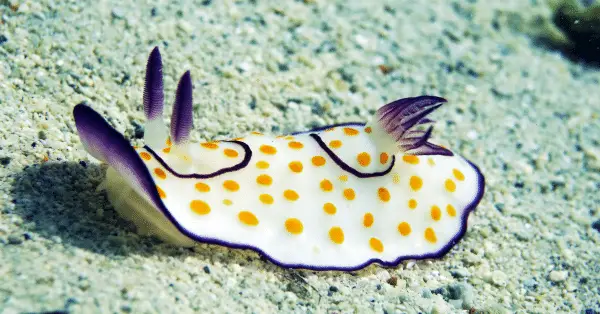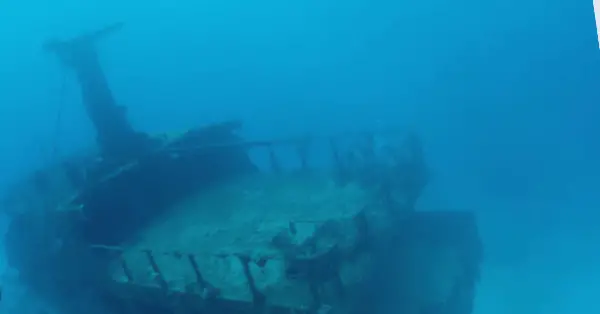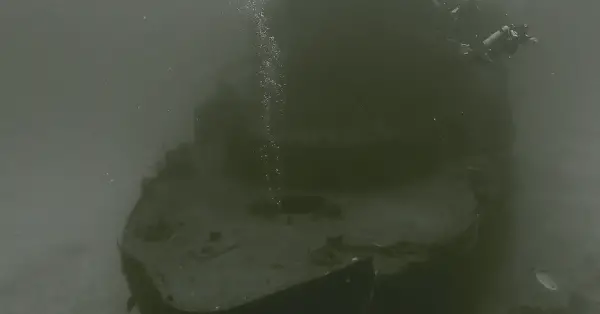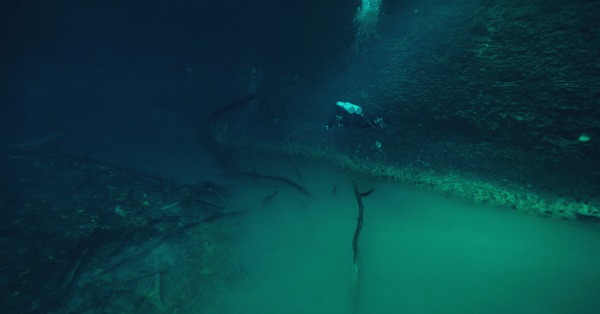Santa Rosa Wall: A Comprehensive Guide to Diving Cozumel’s Popular Site
Santa Rosa Wall is one of the most popular dive sites in Cozumel, Mexico. It’s a deep wall that plunges down to depths of up to 260 ft/80 m exceeding recreational scuba diving limits. Santa Rosa Wall offers plenty of interesting formations, swim-throughs, and other features for divers to explore. The wall is covered with colorful sponges and coral, and it’s a favorite for macro photographers thanks to the variety of small critters and creatures that can be found hiding in its nooks and crannies.
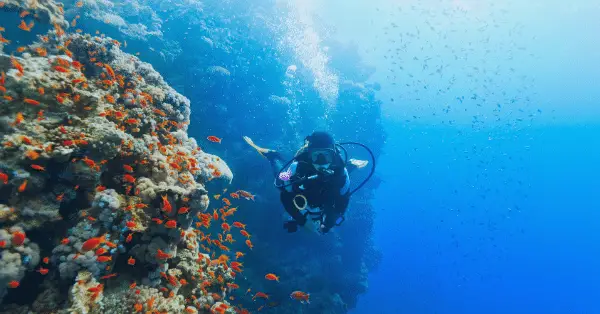
About Santa Rosa Wall in Cozumel
Santa Rosa Wall is located on the east side of Cozumel, just 15 minutes south of Punta Sur. It’s accessible from several dive operators located in downtown Cozumel, as well as from the island’s many marinas. The dive usually starts with a descent along the wall, and then divers will follow its contours down to depths of around 100 feet (30 meters). The maximum depth of Santa Rosa Wall is 260 feet (80 meters), but most dives can’t go that deep.
The dive plan at Sant Rosa Wall in Cozumel
At the beginning of the dive, you will reach sandy bottom areas with remarkable and spacious overhangs to shelter from strong currents. The wall starts at a depth of 45 feet (15 meters).
There’s a steep decline as you dive the wall, yet still some ledges and patches of sand along the way. Not forgetting the picturesque swim-throughs that allow divers to move back and forth between the wall area and the sandy bed. Divers describe it as flying along the wall.
Although the wall is very deep, most dives stay between 72 – 82 feet (22 – 25 meters). At this depth, you can see the most coral and still enjoy the colorful beauty. Additionally, it allows extending your dive time. However, some instructors take you all the way down to the recreational maximum depth of 100 feet (30 meters).
When diving the wall, don’t forget to look up and down to take in its beauty. The visibility is usually very good, with up to 100 feet (30 meters).
Like most dives in Cozumel, the Santa Rosa Wall is a drift dive. Due to the – at times – strong currents. You will enter at one point in the south and will be picked up by the dive boat at the north end of the wall.
Because of its depth, the Santa Rosa Wall dive site is a perfect place to practice Nitrox diving.
Most times the Santa Rosa Wall dive site will be combined with the Paradise Reef or Palancar Reef in Cozumel.
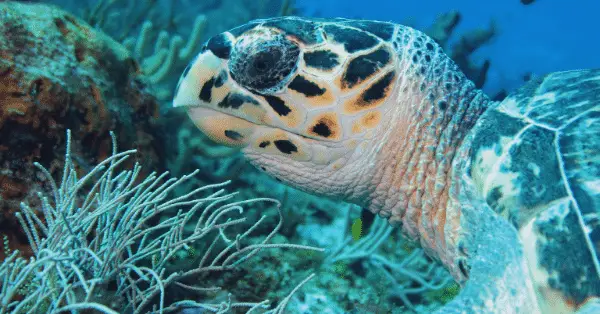
Cozumel Santa Rosa Wall dive site brief
- Access: From boat
- Maximum depth: 100 feet/ 30 meters
- Visibility: 100 feet/ 30 meters
- Dive time: 45 minutes
- Certification level: Advanced Open Water
- Water temperature: 72 – 81 F/ 21 – 27 C
- Type: Wall dive, drift dive, deep dive
What’s to see at Santa Rosa Wall dive site
The Santa Rosa Wall has plenty of coral formations, rocky holes, and even swim-throughs. Common marine life at this dive site is damselfish, barracuda, grouper, angelfish, butterflyfish, toadfish, and snappers. Occasionally divers spot turtles eating corals or sleeping on rocks, as well as spotted moray eels. If you are super lucky, you may encounter green moral eels, eagle rays, nurse, or even bull sharks. Read on to find out when it’s the best time to dive the Santa Rosa Wall to increase your chances for bigger sea animals.
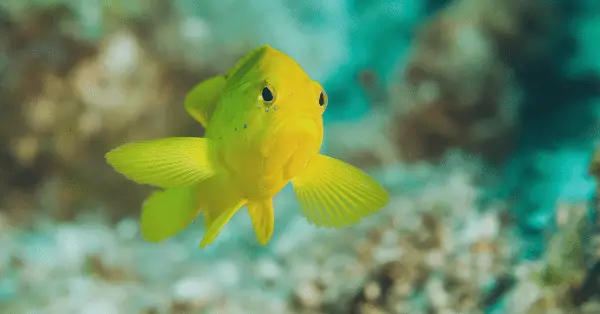
When is the best time to go
Scuba diving in Cozumel can be done year-round. The water temperature stays quite warm between the 70s and low 80s (22 – 28 C).
However, the time between June and November can be hurricane season, causing stronger currents and less visibility.
The Mexican Yucatán Peninsula is famous for migrating bull sharks and rays during the winter months. Therefore, to increase the chances to see some bigger marine life, it’s best to dive between November and February.
What certification is required to dive at Santa Rosa Wall?
The Santa Rosa Wall is a deep dive and requires the Advanced Open Water certification. The medium to strong currents can cause a risk for inexperienced divers. Wall dives can also be challenging to maintain the depth level and don’t ascend or descend too rapidly. Especially, scuba diving without a dive computer requires the diver to pay extra attention.
Related dive sites
Did we get you curious about encountering bull sharks? During the winter months, you can do an observation dive to see pregnant bull sharks at Shark Point in Playa del Carmen.
Another must-see for experienced divers in Cozumel is the C-53 shipwreck.
And don’t forget to add the underwater museum in Cancun, as well as cenote diving in Tulum, to your travel itinerary.
